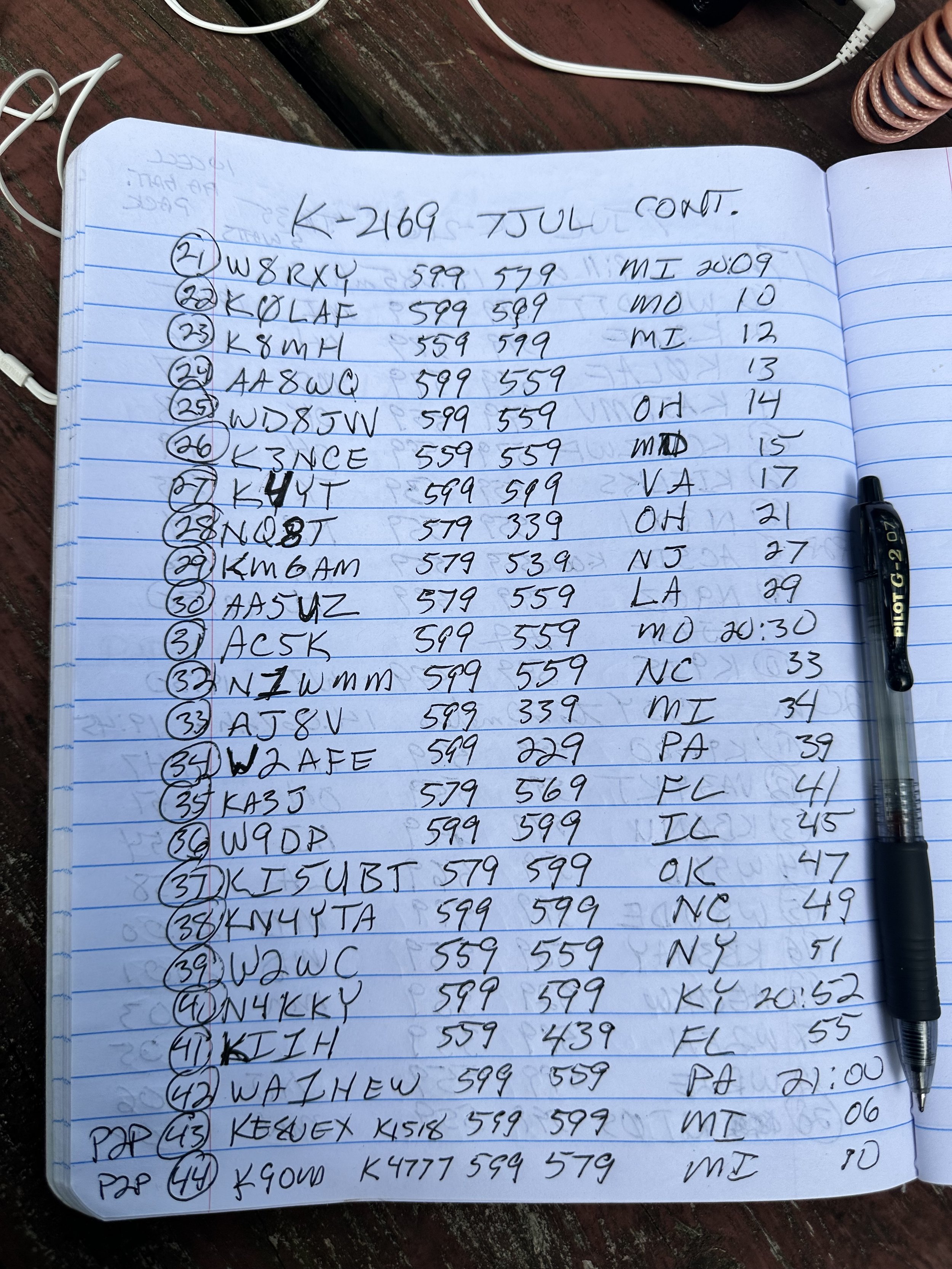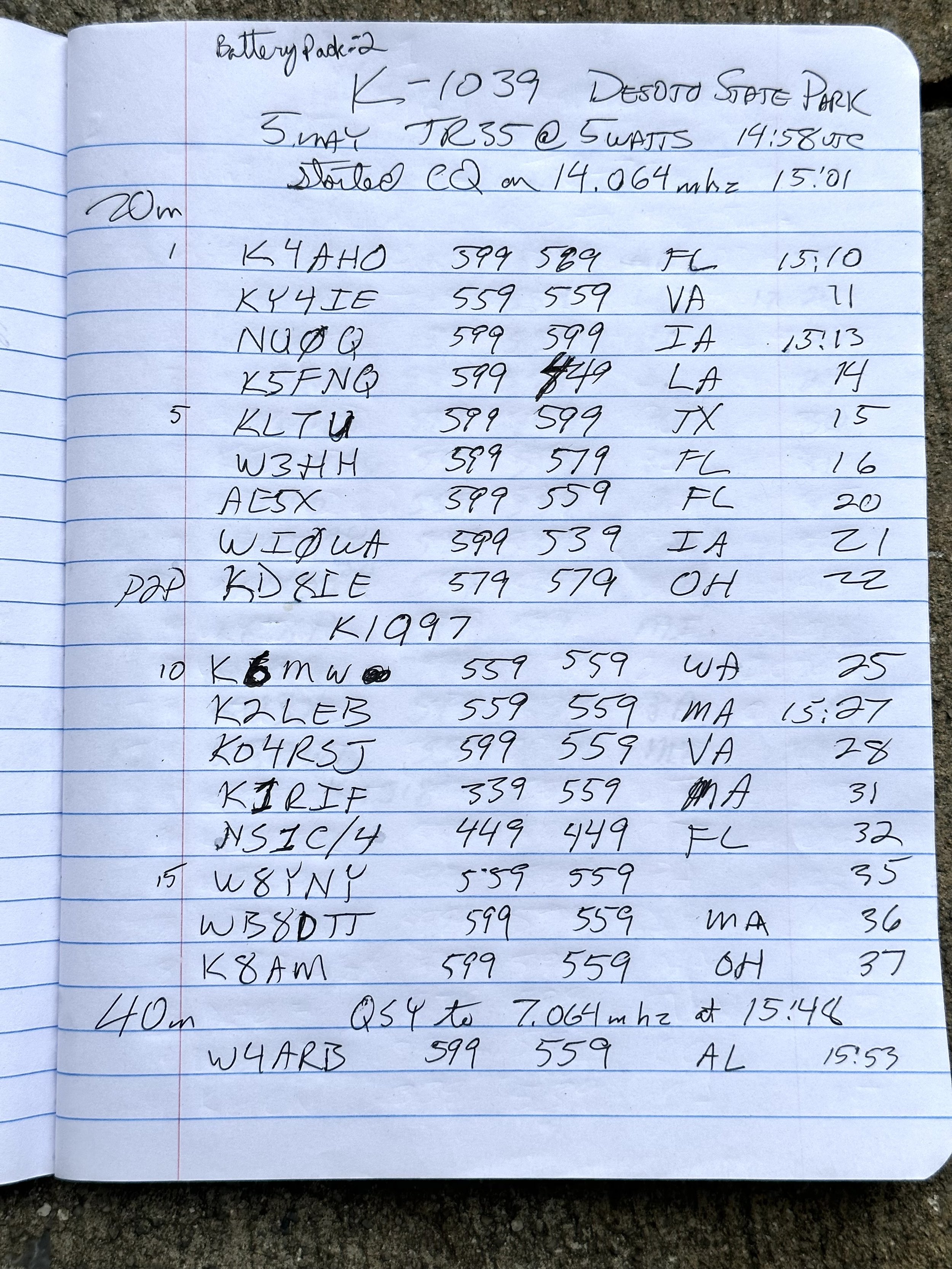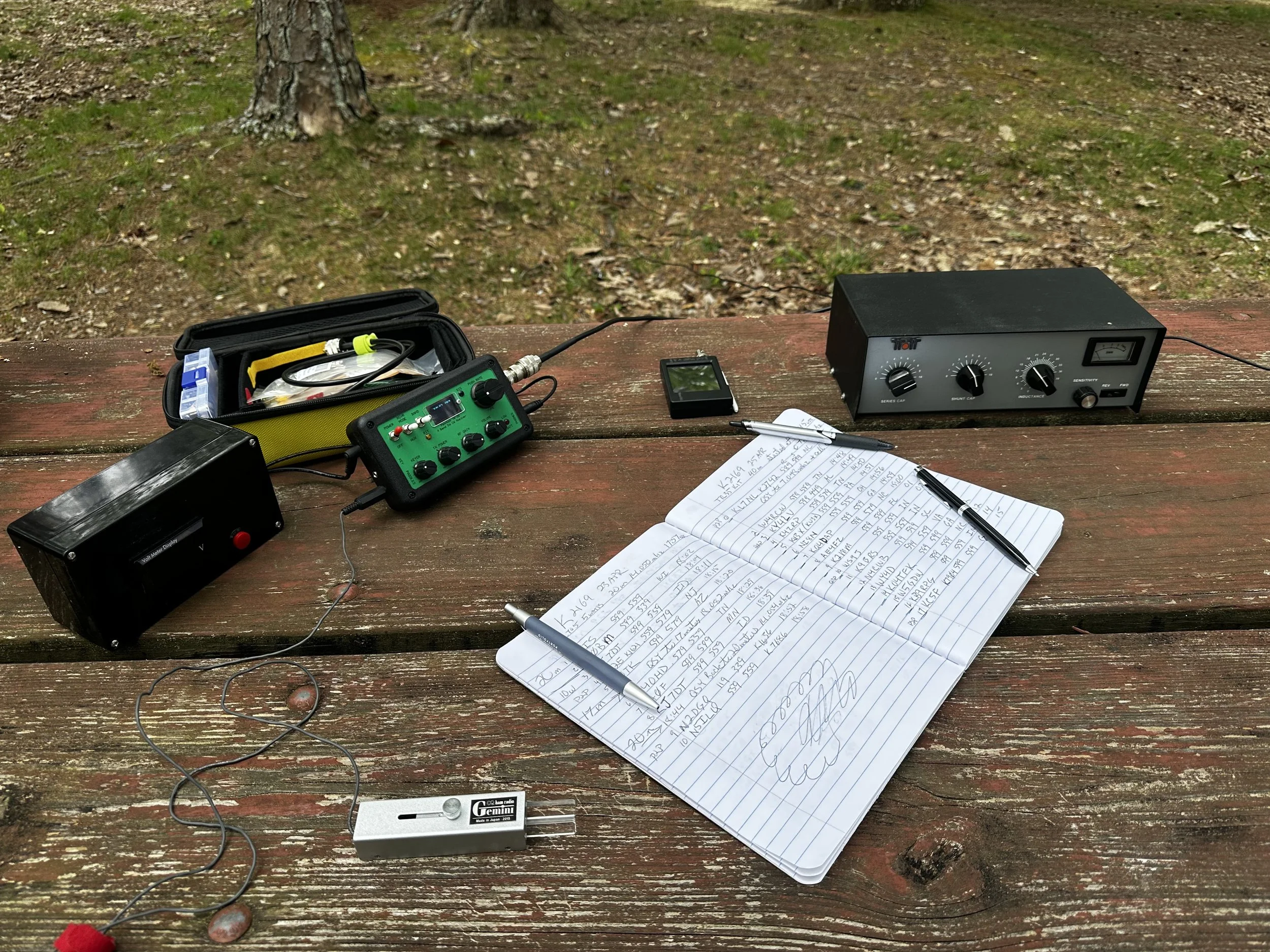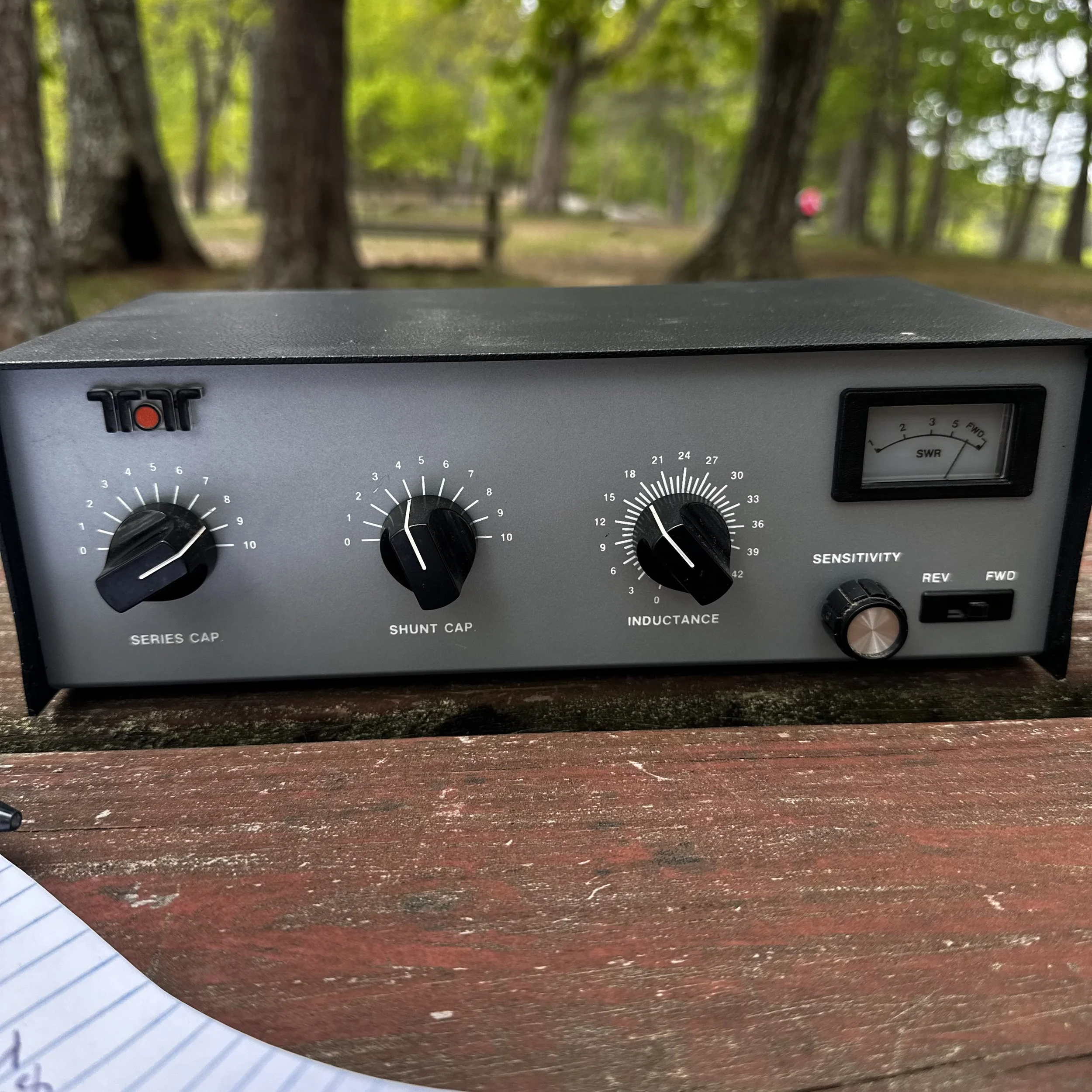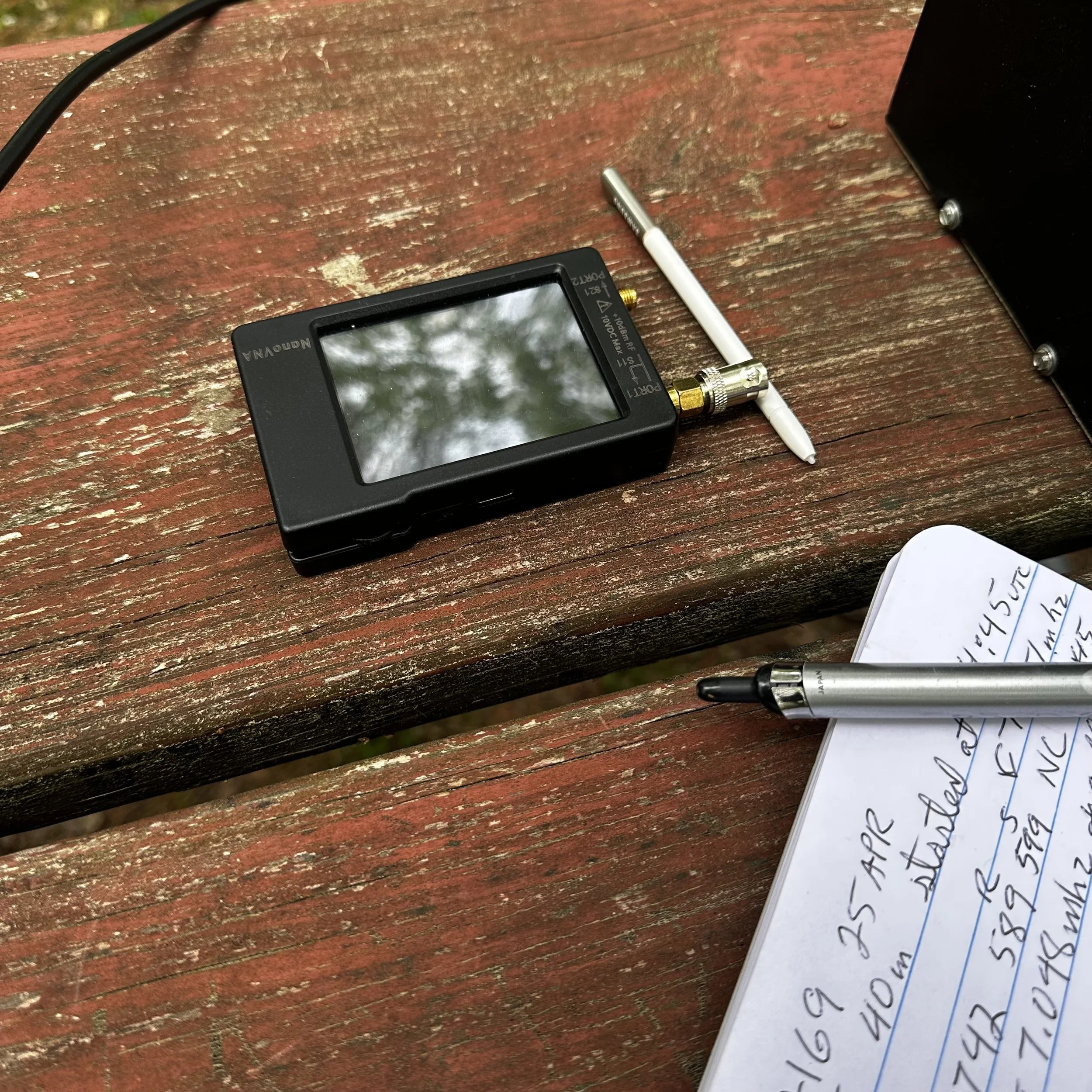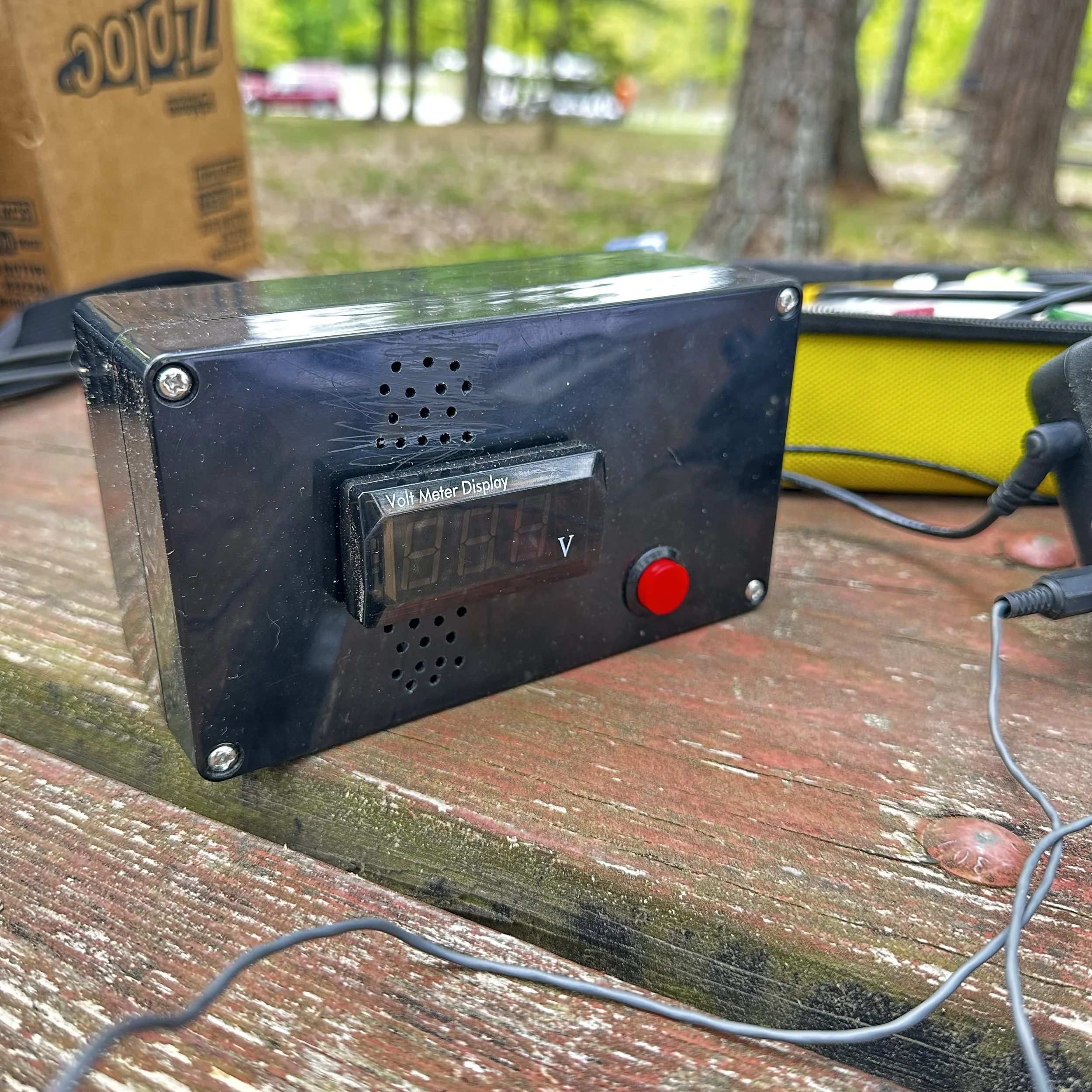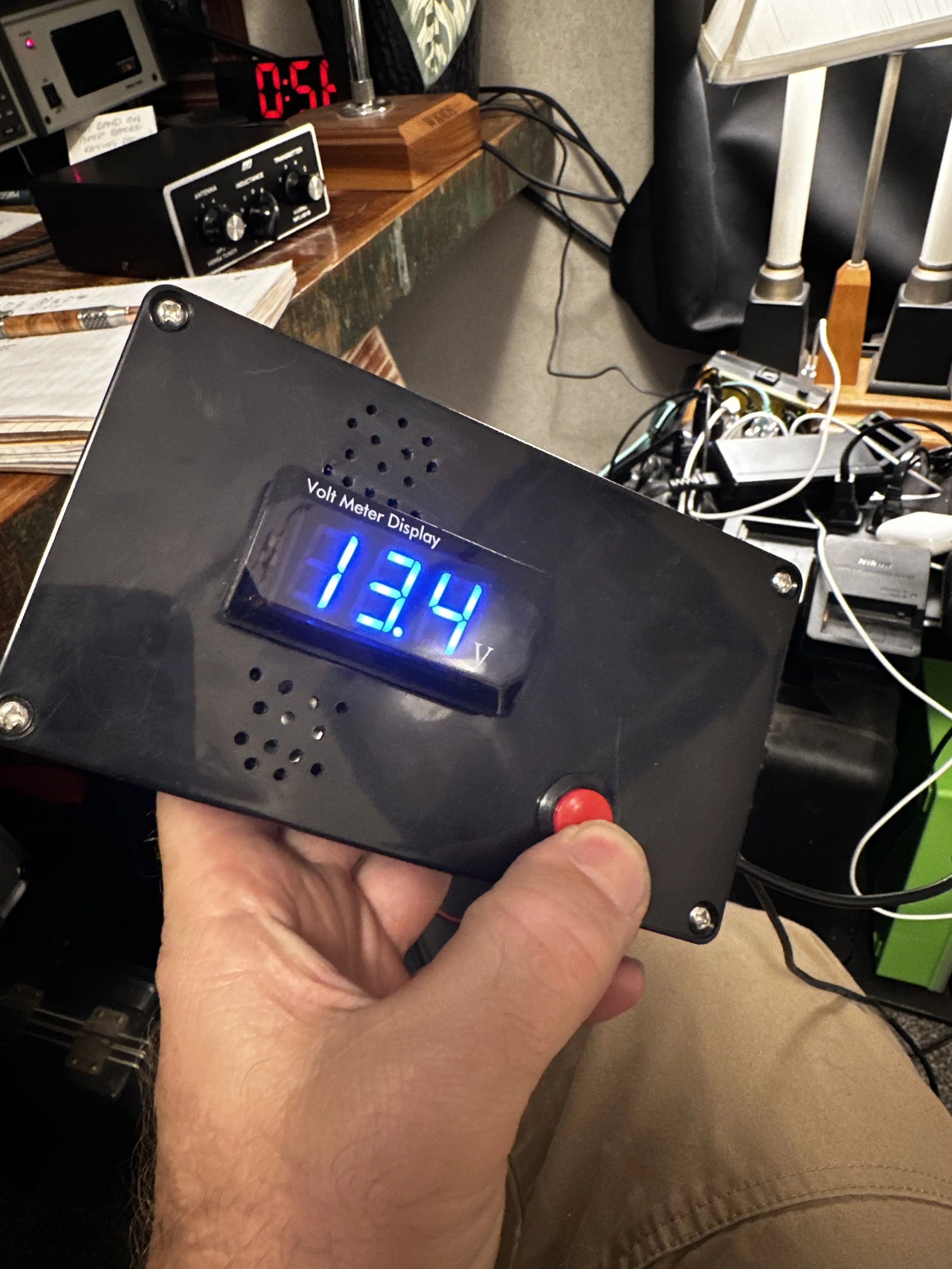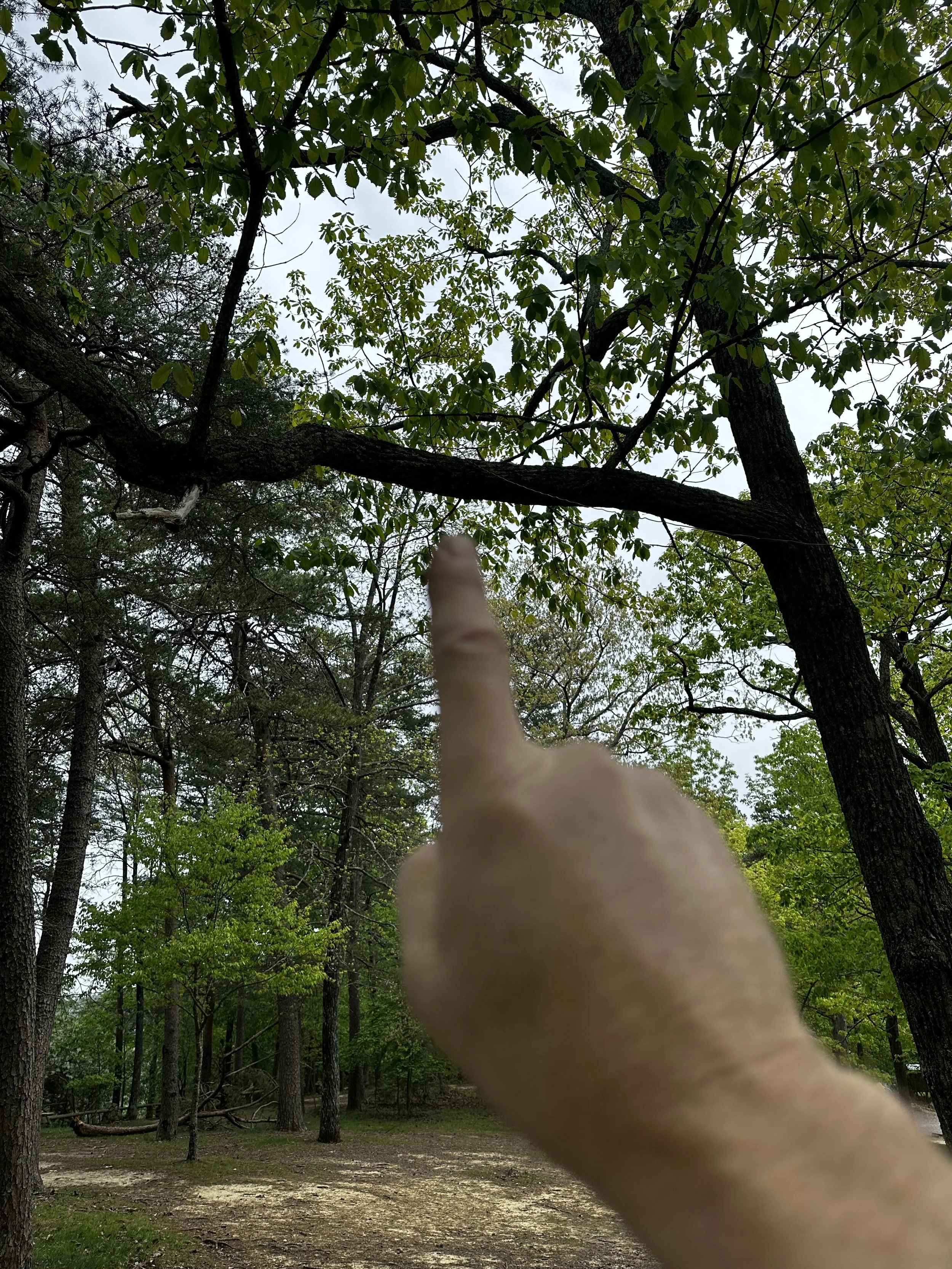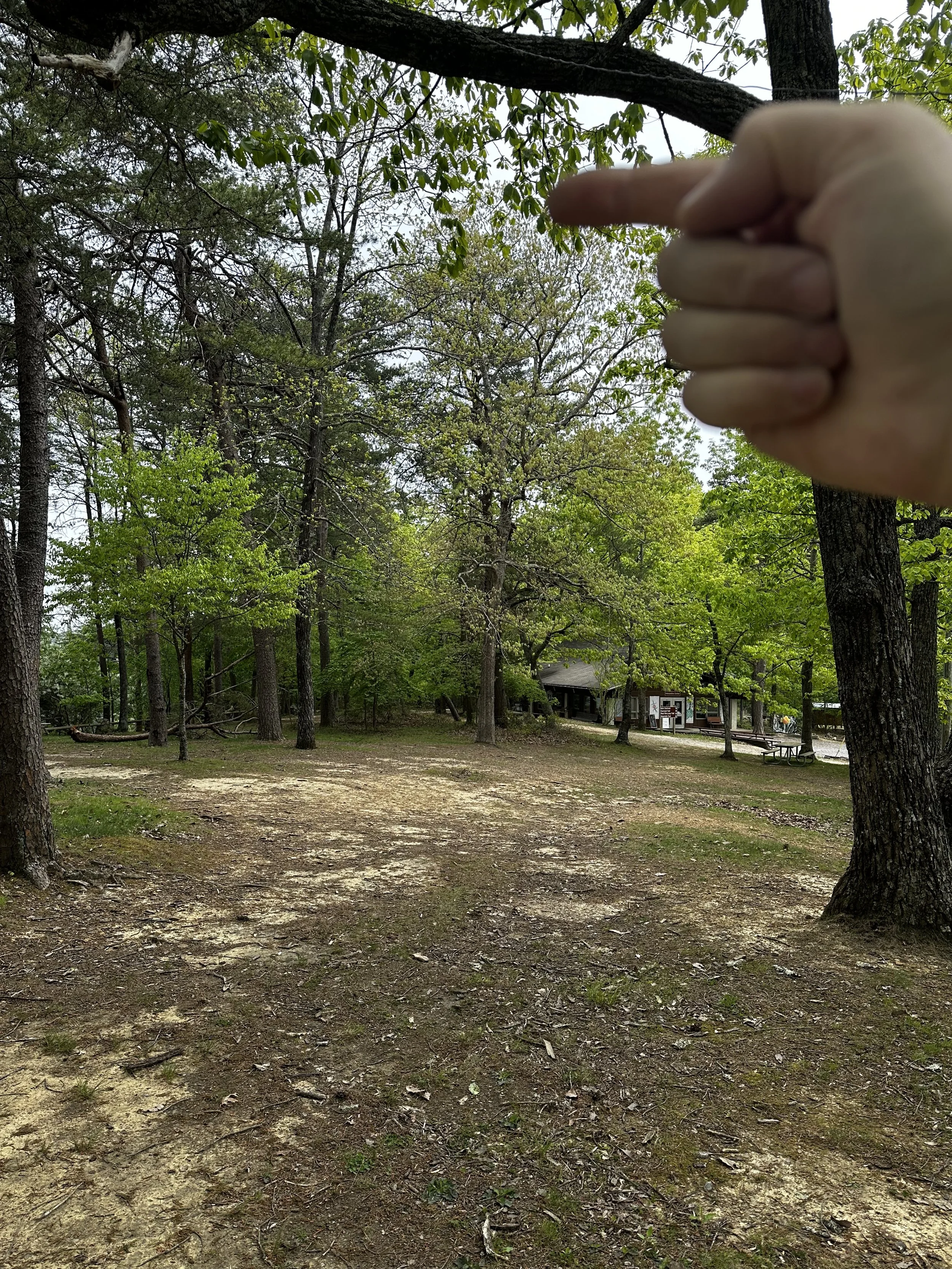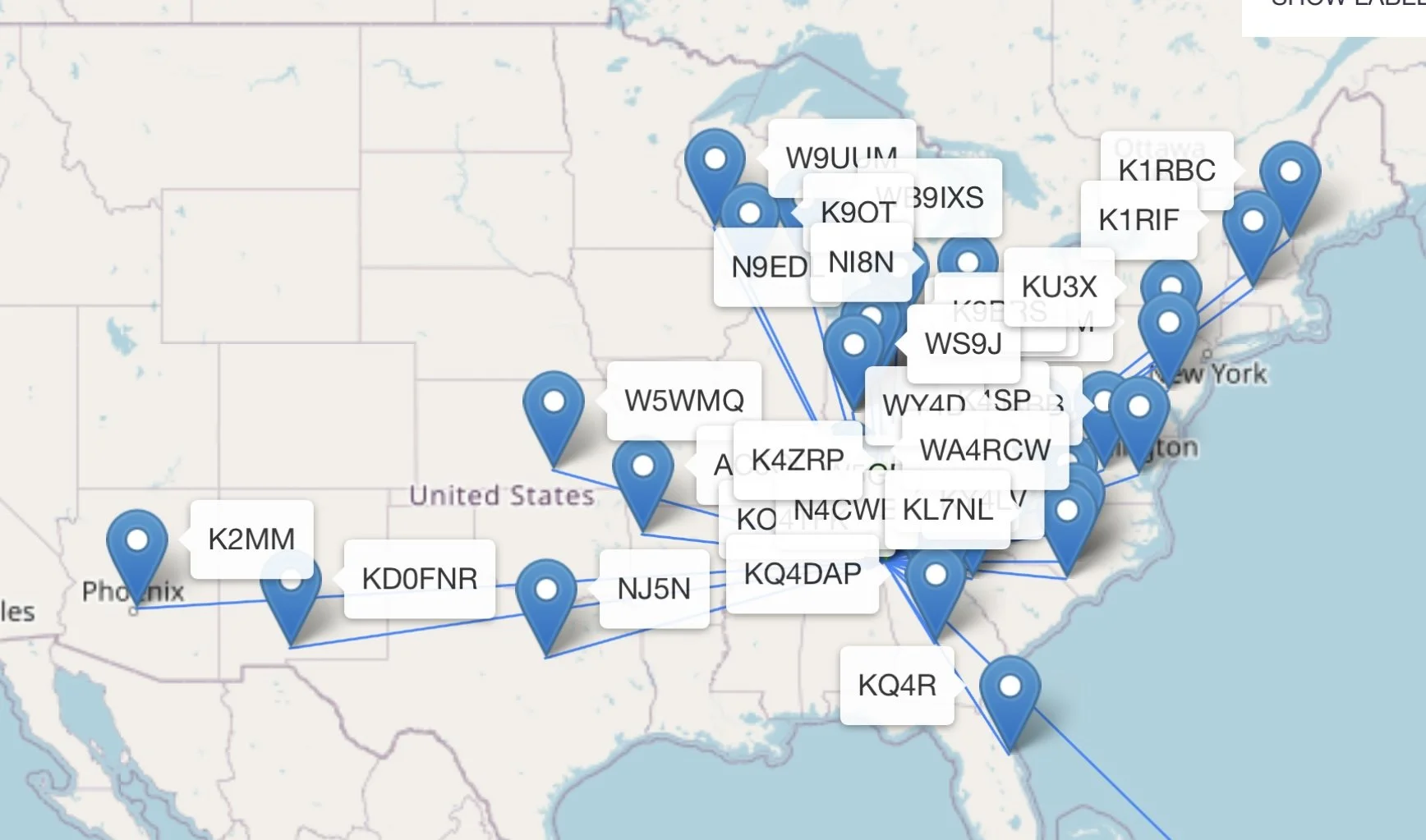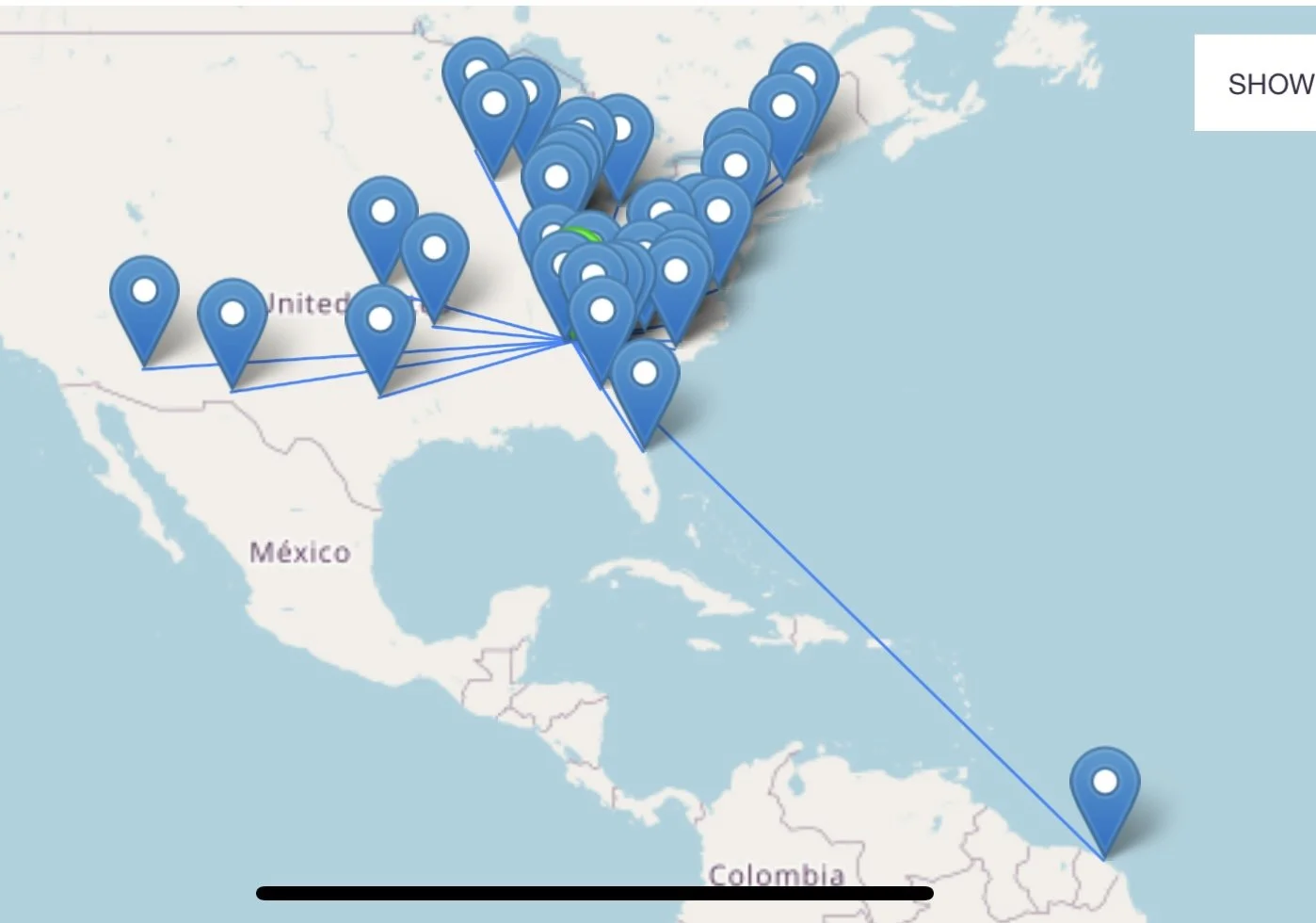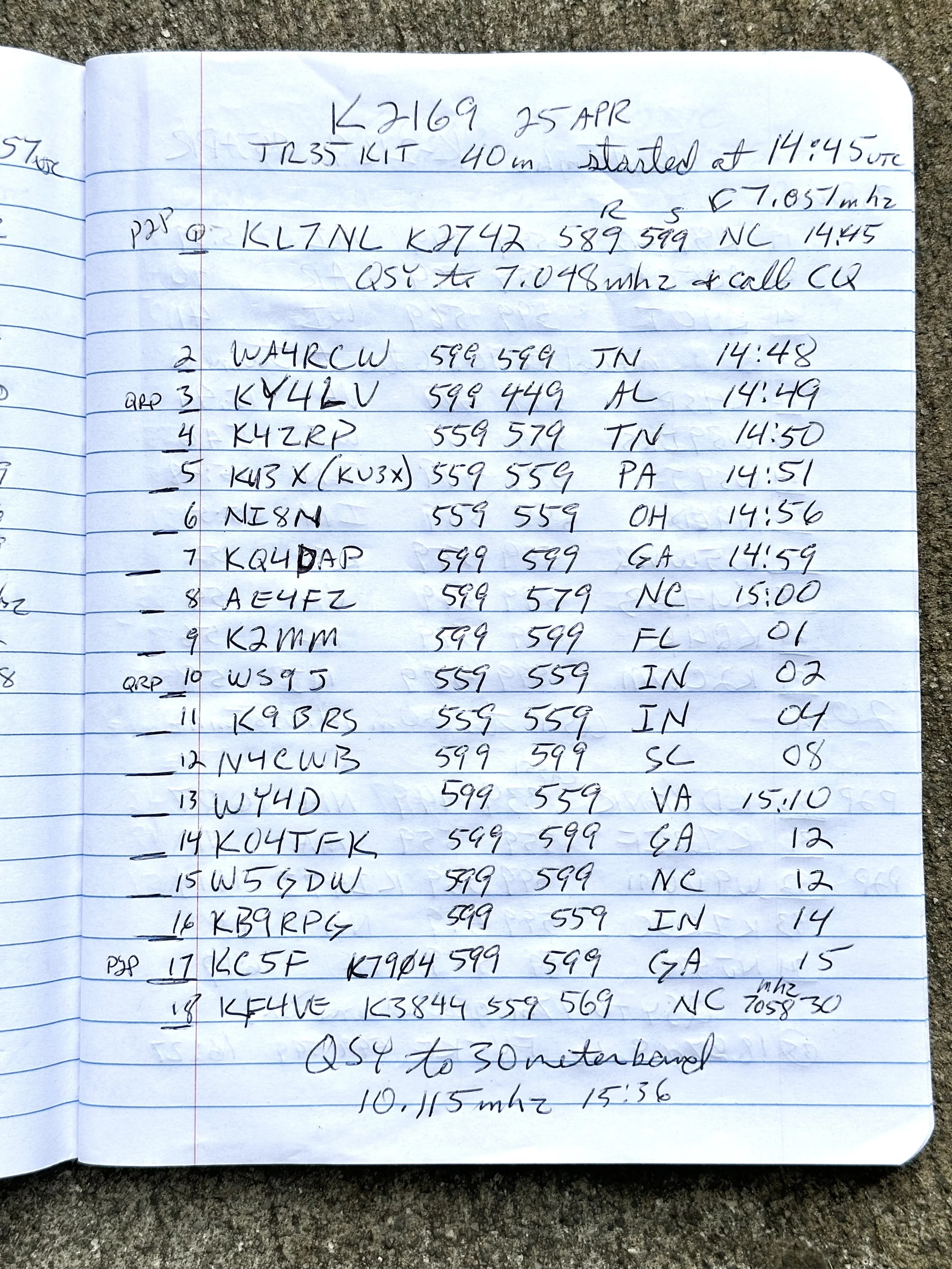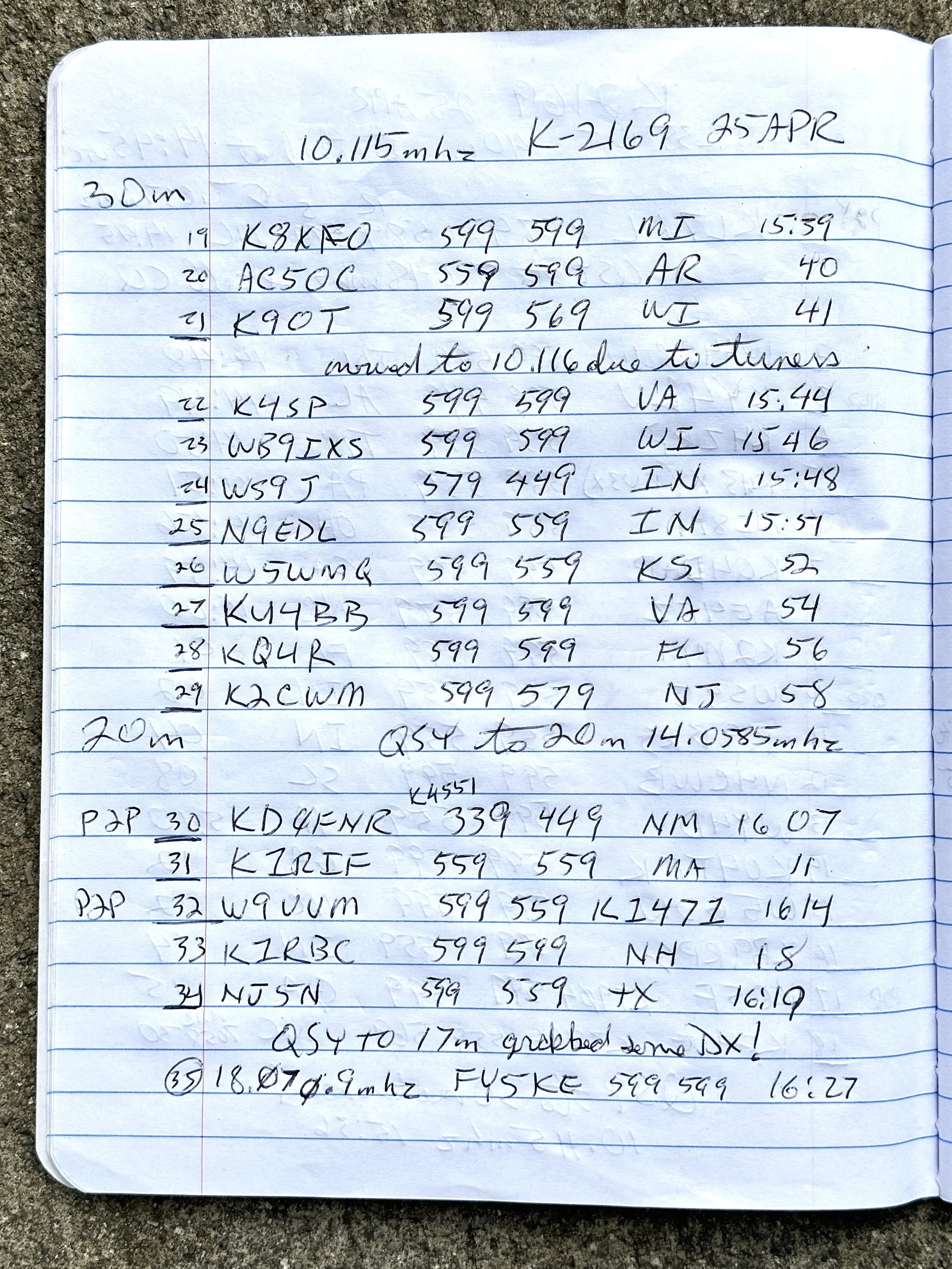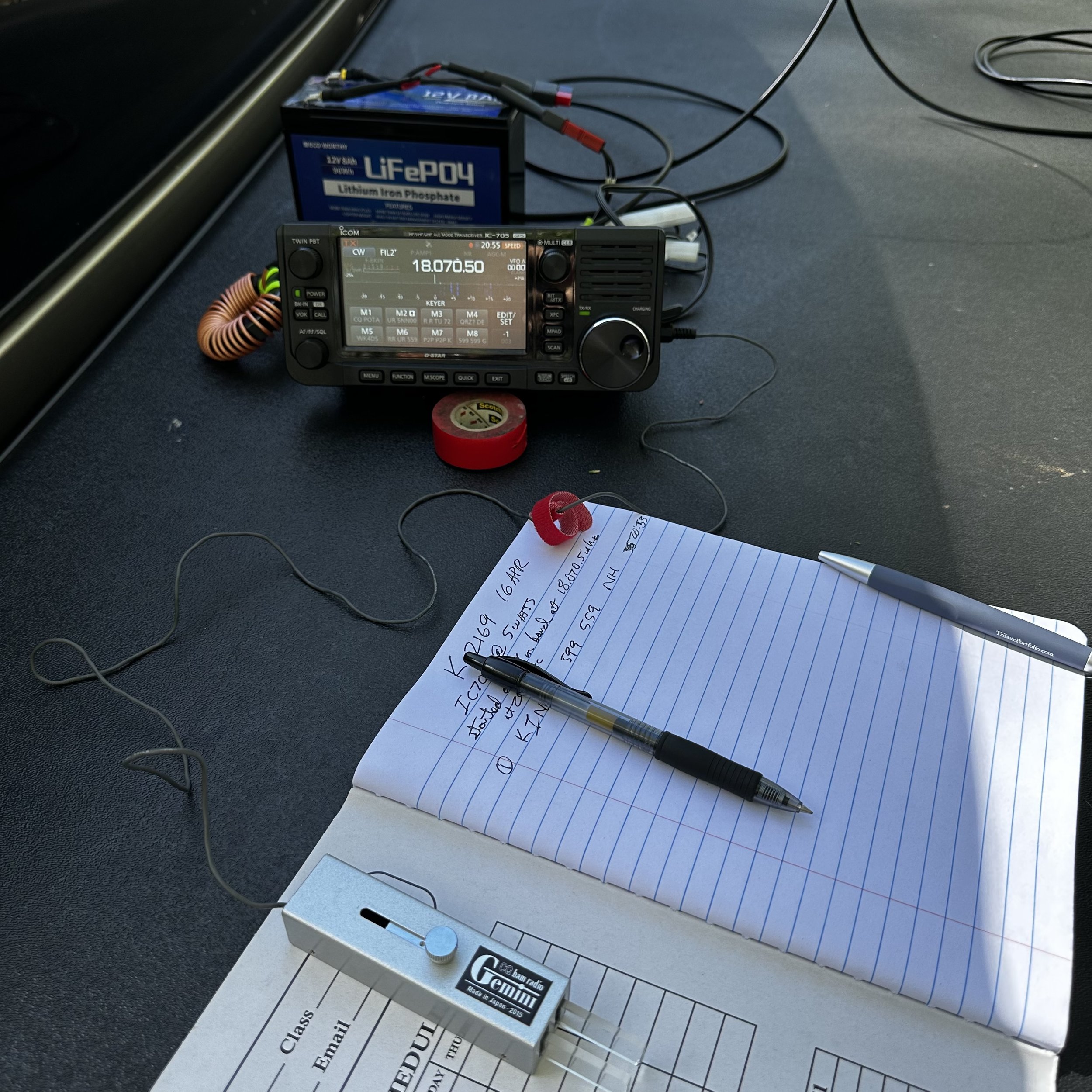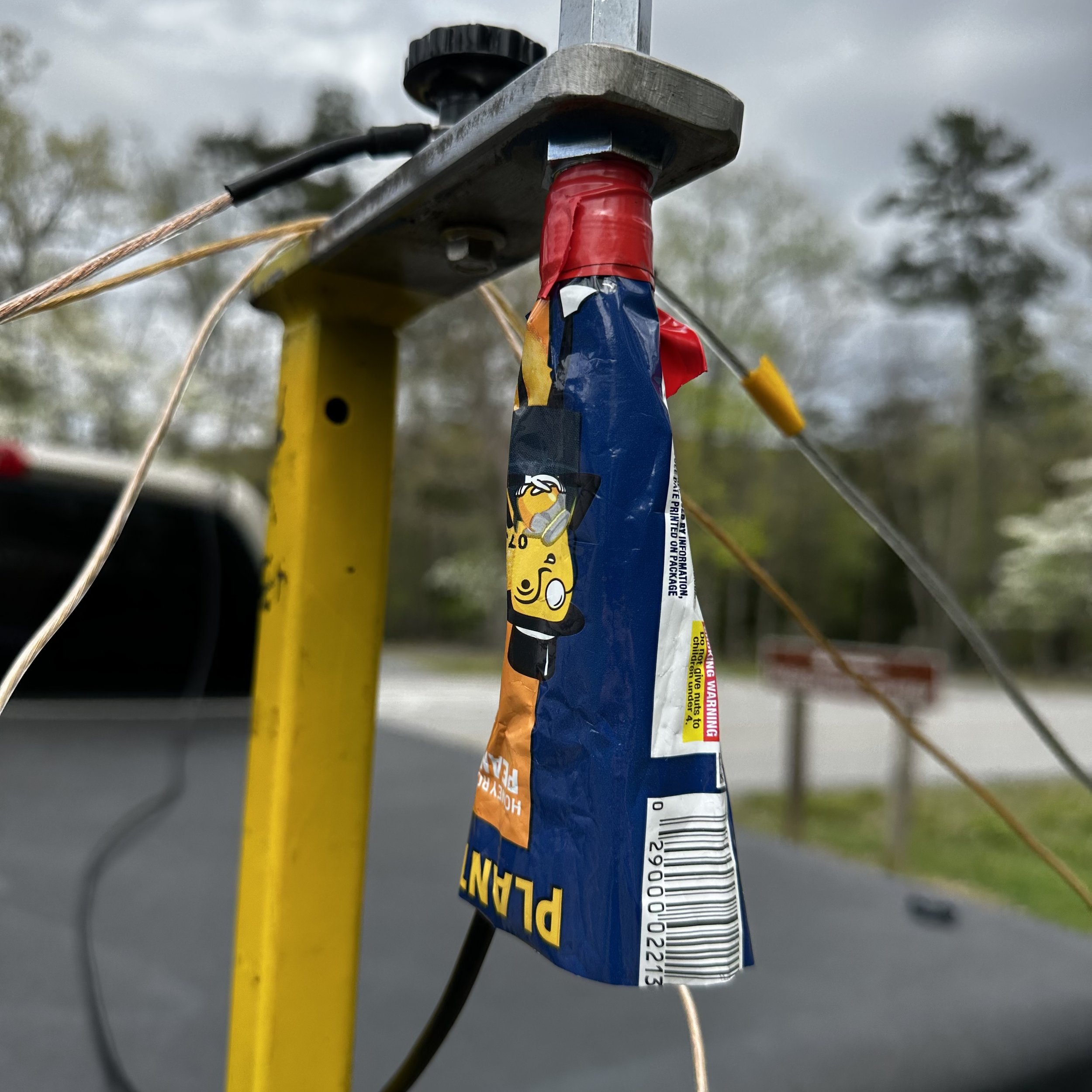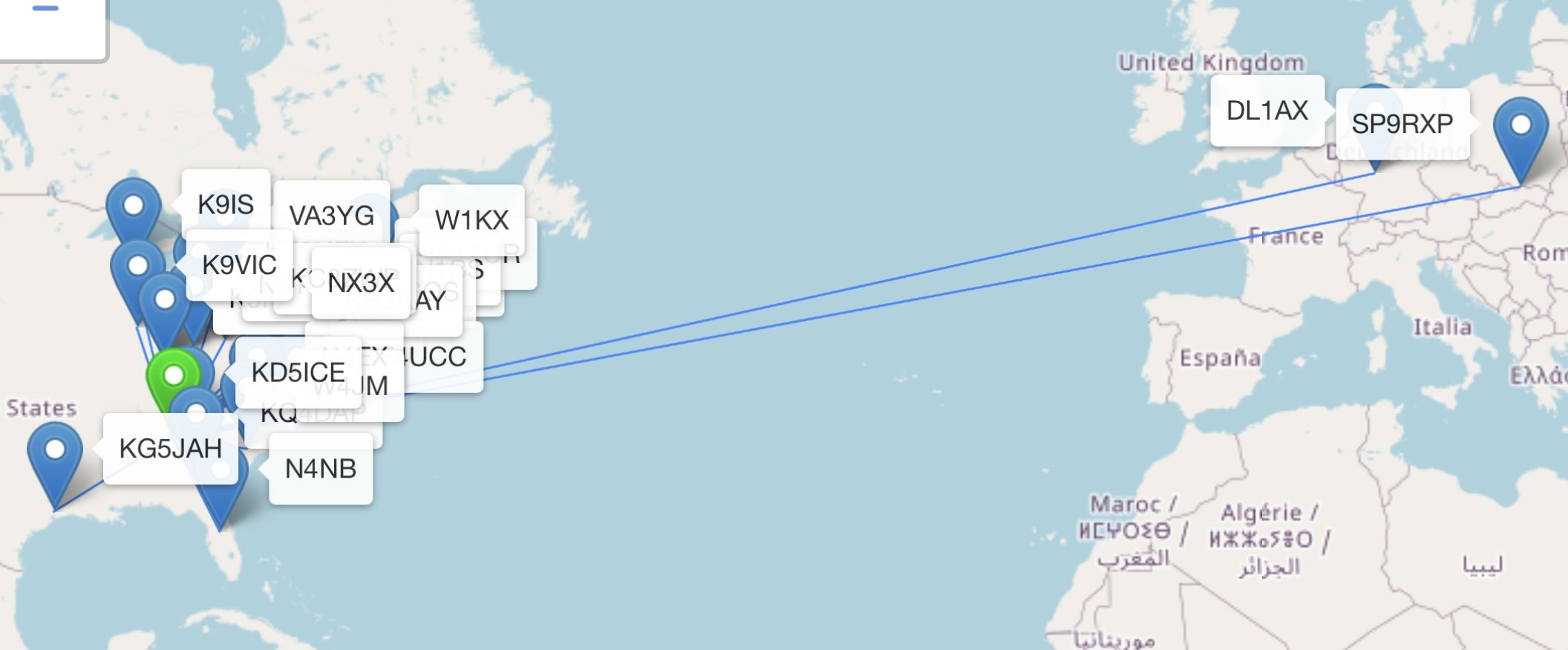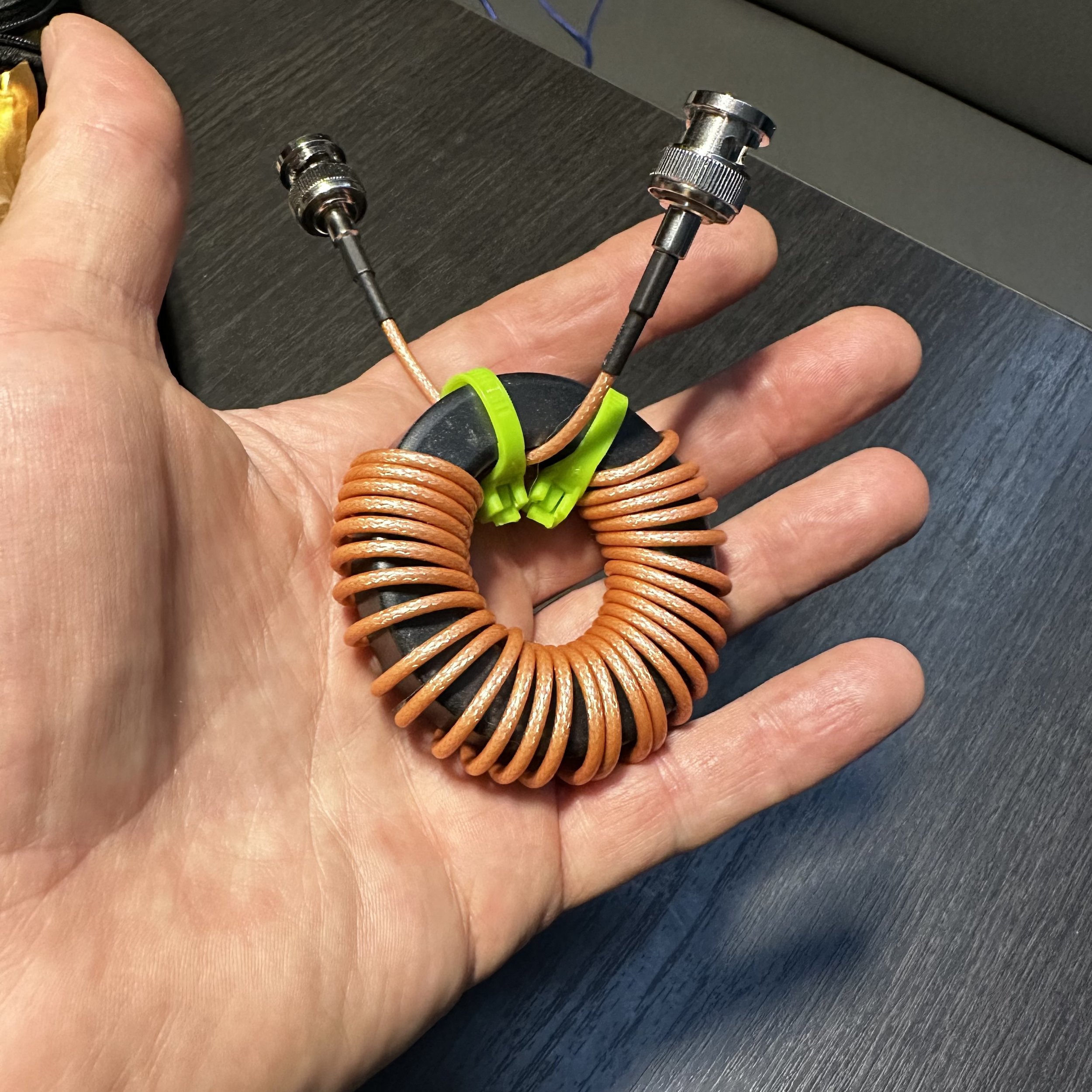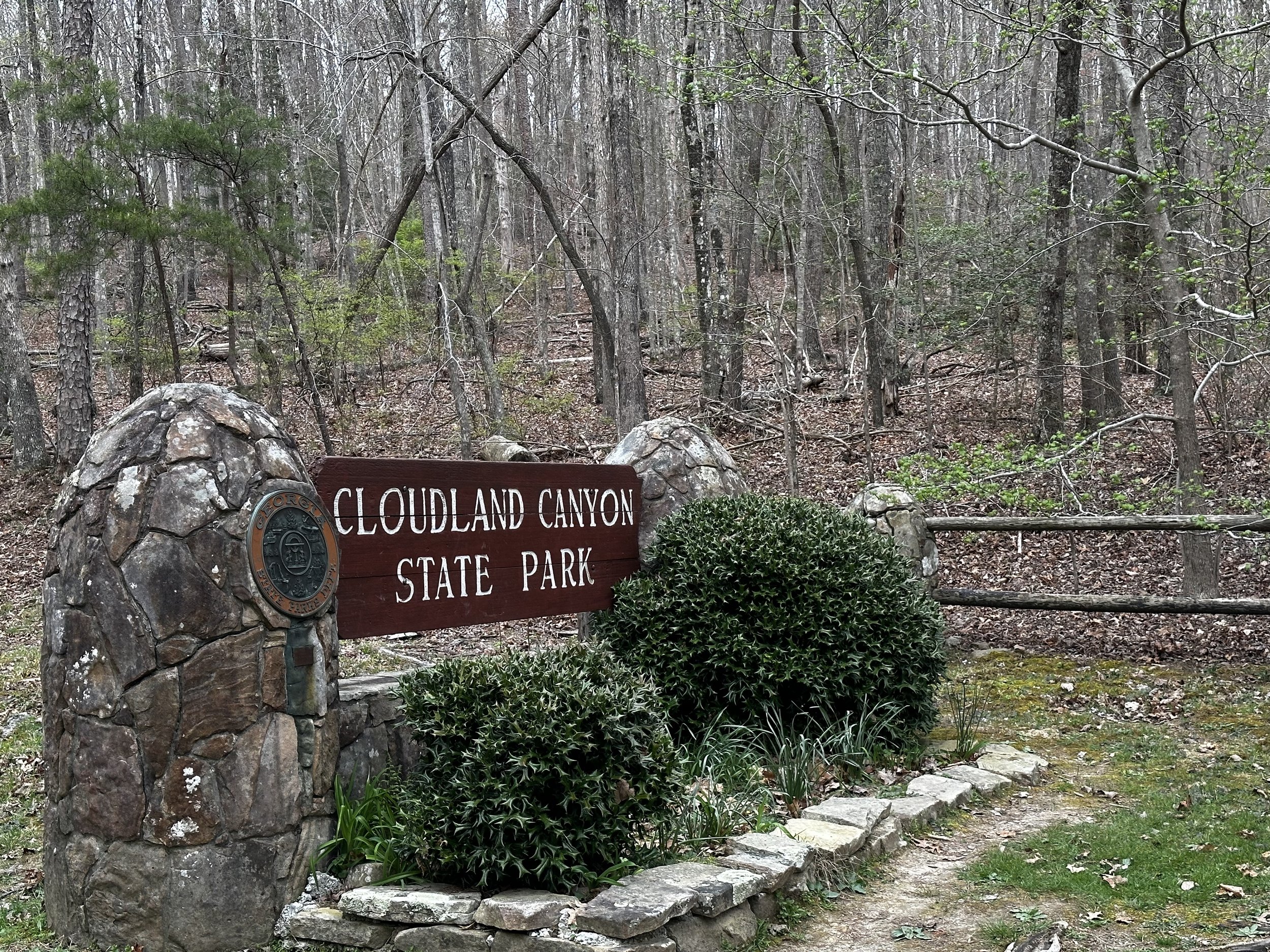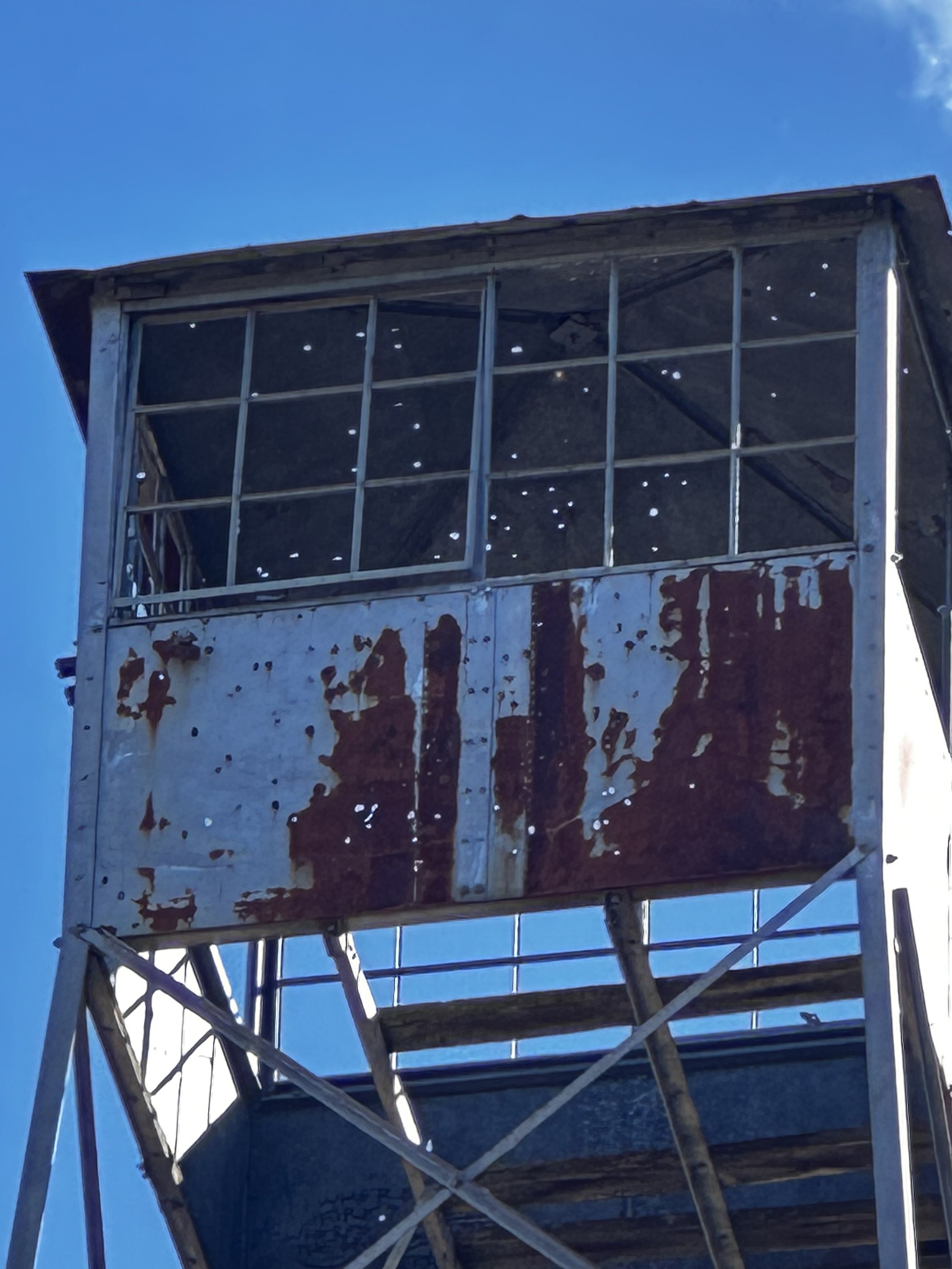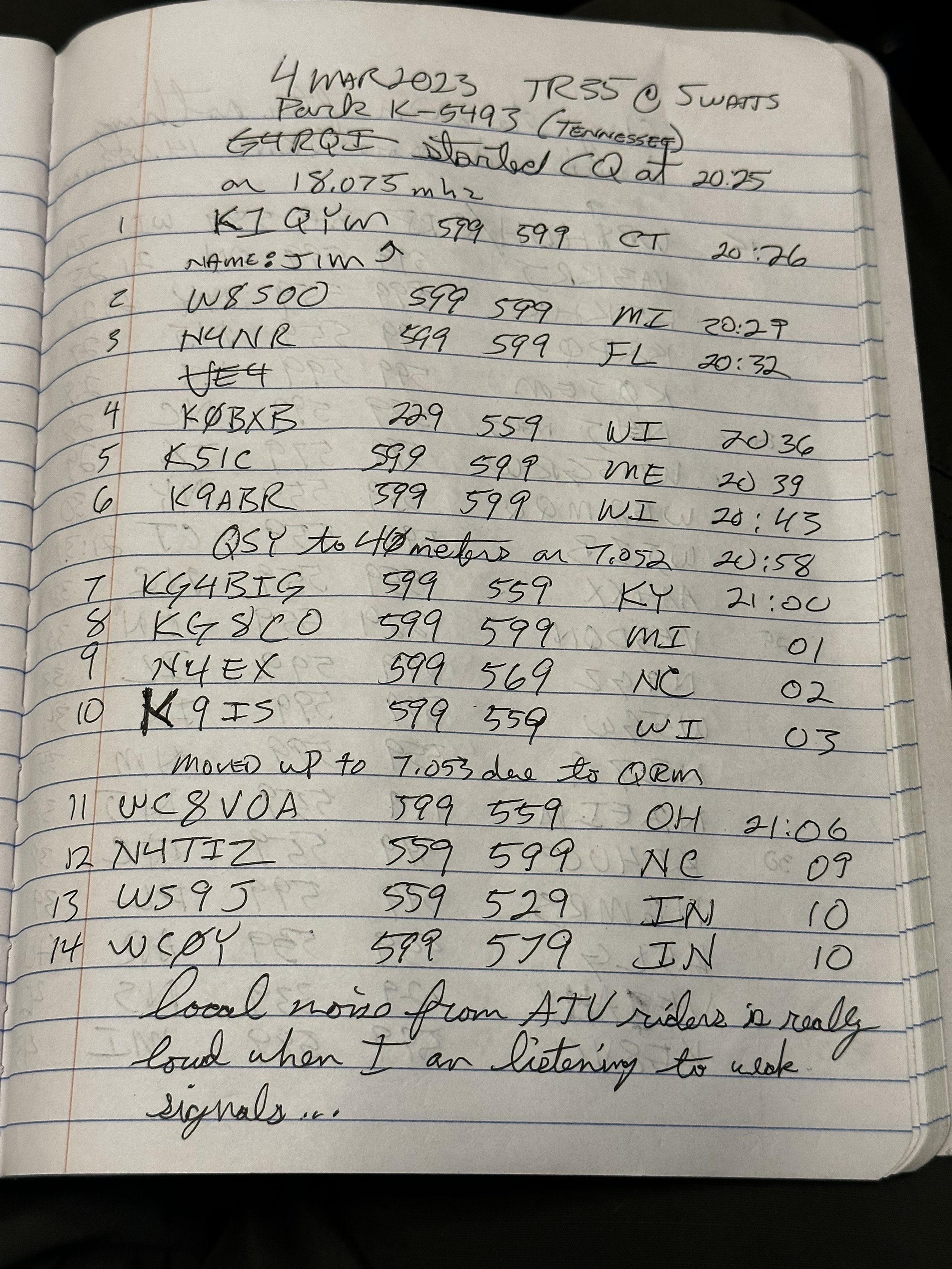This is the idea… I think I want to do some SOTA activations after listening to K4SWL talk about them on his YouTube channel. So this means that I need a smallish radio setup to be able to do these kinds of activations. I have to be able to pack them in and out from the SUMMIT, yeah, the very tip top of a mountain…
Today’s blog post covers the idea I have for a power source. I am going to use AA batteries. I know I can buy a Bioenno battery, but this gives me the options of picking up regular alkaline batteries if need be (I plan to make a couple of aluminum dummy cells for this option so the voltage wont be too high). It also allows me to repurpose the cells for my HT radios too as I have them configured to used these batteries as well. I found these 10 cell battery holders on Amazon and ordered one to try it out. Since it hold 10 cells, the voltage is higher and gets closer to the regular battery voltage everyone uses. The cells are 1.3 VDC when charged so this adds up to just over 13 volts in this kit. I measured the pack today before the activation at 13.2VDC…Perfect for what I wanted. So I load up the new battery pack and head over to K-2169 to test out the power pack life with a POTA activation.
The above photo is an optical illusion that has to do with the shutter speed of me camera and the refresh rate of the display on the radio, to the naked eye it was not gapped like this but looked fine. This little radio is a perfect little radio for SOTA so I am going to use it for that purpose.
Here is the basic radio kit as I plan to deploy it. The headphones are smaller and lighter than my box speaker/battery pack I made. I can also hear better on headphones too so it just made sense to use these instead. These are Sony headphones if I remember right, but I could be wrong. I will also be using my little travel key I bought as it is perfect for this project…till I get the new one that I plan on in the not-to-distant future.
I also plan to use a 40m EFHW antenna for my activations and just work 40m and 20m bands with it. This is the simplest antenna setup I can come up with as it doesn’t require a tuner and is pretty small for what it can do. I might get one of the compact verticals at some point, but for now that will have to do. I will also take a piece of throw line and a throw weight as well to get the antenna into the air. I will also add a piece of coax as this is the counterpoise in most cases. Otherwise I will need a coax AND a counterpoise… so I will eliminate the counterpoise and just work off the coax shield instead. Above is the tuner I used today as it was still in the truck from the last activation and I know how good it works.
This is the beauty of using campgrounds to activate, there are plenty of tie off points for your antenna system. LOL
After working almost 50 contacts over about 2 hours with almost all of it either making a contact or sending CQs meaning there was significant battery draw over these two hours, the battery voltage had only dropped from 13.2 to 12.82VDC. A little less than .4VDC or about 3% of the pack voltage overall. That is great as this tells me that almost any hike-to activation will have plenty of power to make contacts. I dont think I will be doing SOTA where I will have more than two or three hours on the summit for radio as there is the hike to and fro that has to be factored in as well. I call this part a success.
Pro-tip to the new hams just getting going. Grab a cheapo little volt meter for a field meter. This one was only a few dollars and worked perfectly. This technology has gotten very affordable and can be a priceless tool when you need to check the continuity of a piece of coax or to see if the battery pack has voltage on it like here. It has come in handy quite a few times now and stays in my POTA kit all the time. Until next time…72






